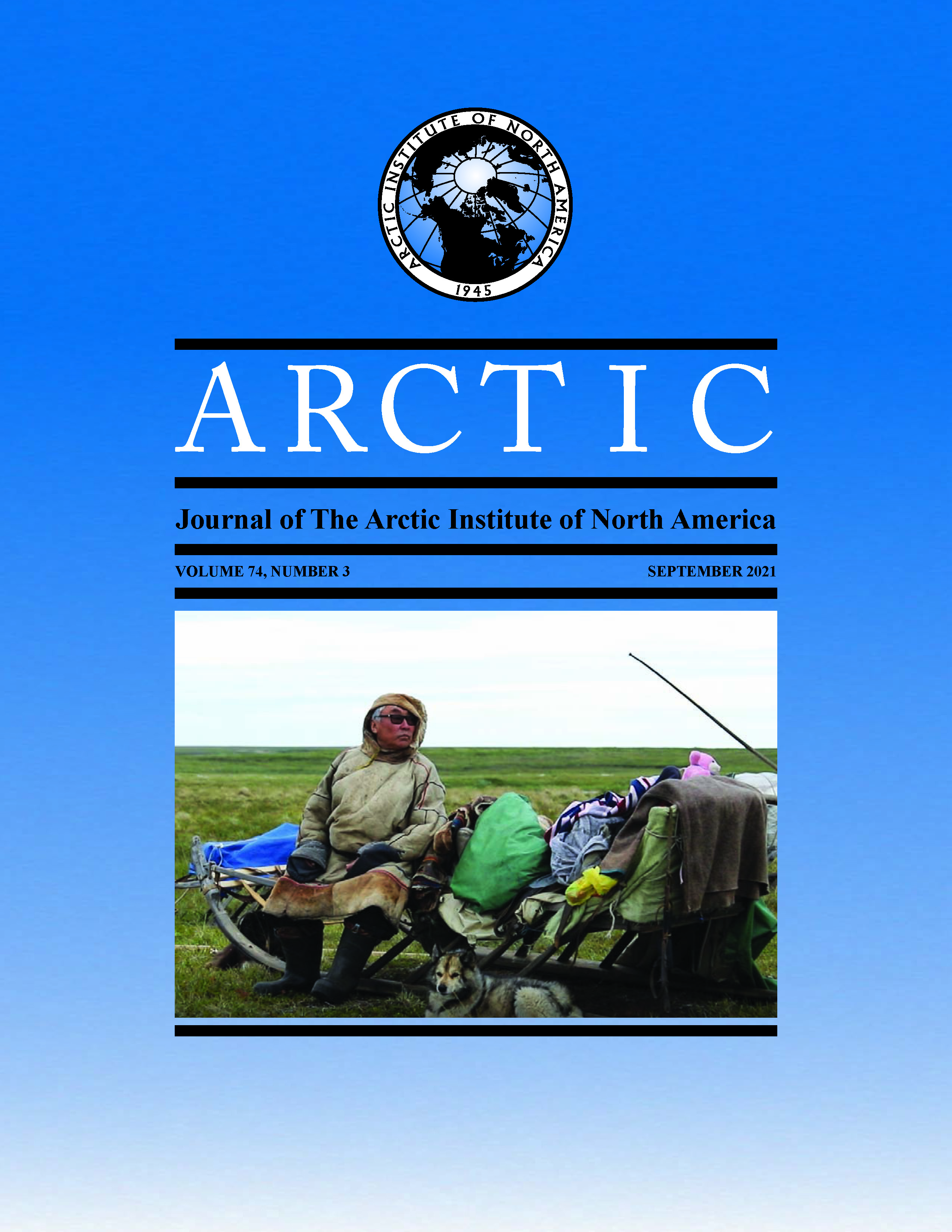Treaty No. 9 and the Question of “Unceded” Land South of the Albany River in Subarctic Ontario, Canada
DOI :
https://doi.org/10.14430/arctic73466Résumé
Le Traité de la Baie James, ou Traité no 9, est unique comparativement aux autres traités numérotés du Canada en ce sens qu’il devait être accompagné de l’accord de la province de l’Ontario. Des négociations de dernière minute par le Dominion du Canada visant à obtenir ledit accord se sont conclues par une entente avec la province de l’Ontario, et cette entente a fait partie de l’ensemble du Traité no 9 à la demande insistante de l’Ontario. Toutefois, puisque l’entente n’a été exécutée qu’après le départ de l’expédition du Traité no 9 pour le terrain, l’ensemble du Traité no 9 était incomplet et il a été présenté ainsi, sans l’entente, aux groupes des Premières Nations qui l’ont signé en 1905. Par ailleurs, des espaces avaient été laissés dans les exemplaires sur vélin du Traité no 9 et de l’entente afin de permettre l’ajout de la date de l’entente une fois entièrement exécutée. Dans les espaces laissés à cette fin, la date de l’entente a été antidatée au 3 juillet. Cette supercherie avait été suggérée par le trésorier du gouvernement de l’Ontario, A. Matheson, afin que la date de l’entente soit antérieure à la date du traité. Par conséquent, il y a lieu de mettre en doute la légalité de l’ensemble du Traité no 9 en vertu de la common law, surtout parce que les représentants des gouvernements du Canada et de l’Ontario ont laissé des documents attestant de leur supercherie. Puisque l’entente n’était pas jointe au document du Traité no 9 qui est parti d’Ottawa en 1905, comme stipulé, les signataires du Traité faisant partie des Premières Nations n’ont pas pu prendre connaissance des modalités de l’entente avant d’apposer leur signature. Il faut donc se poser la question à savoir si les terres au sud de la rivière Albany ont vraiment été cédées en vertu du Traité no 9 du point de vue de la common law, à moins que des documents ne soient présentés selon lesquels l’ensemble complet du Traité no 9 a été remis aux signataires des Premières Nations. Pour l’instant, les écrits attestent du contraire. Au bout du compte, c’est aux tribunaux qu’il incombera de décider de la légalité du Traité no 9 en vertu de la common law.



